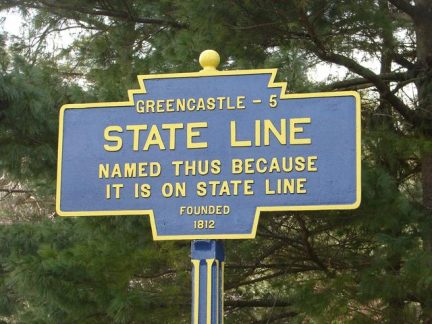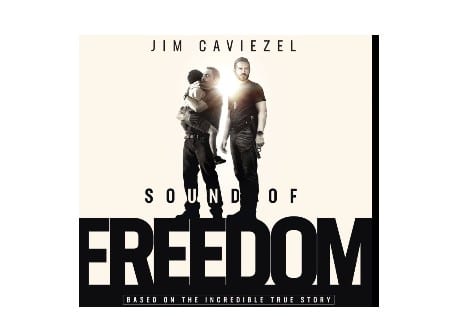
by Leisa McCracken | Mar 20, 2024
Thursday April 18th, 2024 * 7:00 PM The Middleburg/Mason-Dixon Line Historical Society will meet at the State Line Ruritan Building, 15481 Park Drive, located off Route 11 at the State Line, PA Community Park. Guest speaker is Scott Mingus, Sr. from York, PA. Mr....

by Leisa McCracken | Aug 10, 2023
Sunday September 10th, 2023 * 2:00 PM & 5:00 PM We are happy to announce we will be hosting 2 screenings of “Sound of Freedom” on Sunday, September 10th at 2 & 5 P.M. This movie is apart of our Faith and Popcorn Series!! Sound of Freedom, based on... by Janet Pollard | Apr 3, 2023 | Blog
Allison-Antrim Museum, 365 South Ridge Avenue, Greencastle, Pennsylvania 17225 will hold its monthly speaker meeting on Thursday, April 13, 2023, in the German Bank Barn beginning at 7 p.m. The facility is wheelchair accessible. The speaker for the evening will be... by Janet Pollard | Mar 1, 2023 | Blog
The Rev. Thomas W. Henry (1794 to 1877) was born into slavery in Leonardtown, MD. Henry became a free man in 1821 and in 1835 became a minister in the African Methodist Episcopal (AME) Church. When Henry married his first wife, she was enslaved. He saved money and was... by Janet Pollard | Mar 31, 2022 | Blog
The new tribute to Thaddeus Stevens is a bronze statue called Men in Pursuit of Justice Must Never Despair. It is a quote of Stevens. The statue shows 6-ft. tall Stevens’ clutching a copy of the 14th Amendment, one of his greatest achievements. The base of the...



